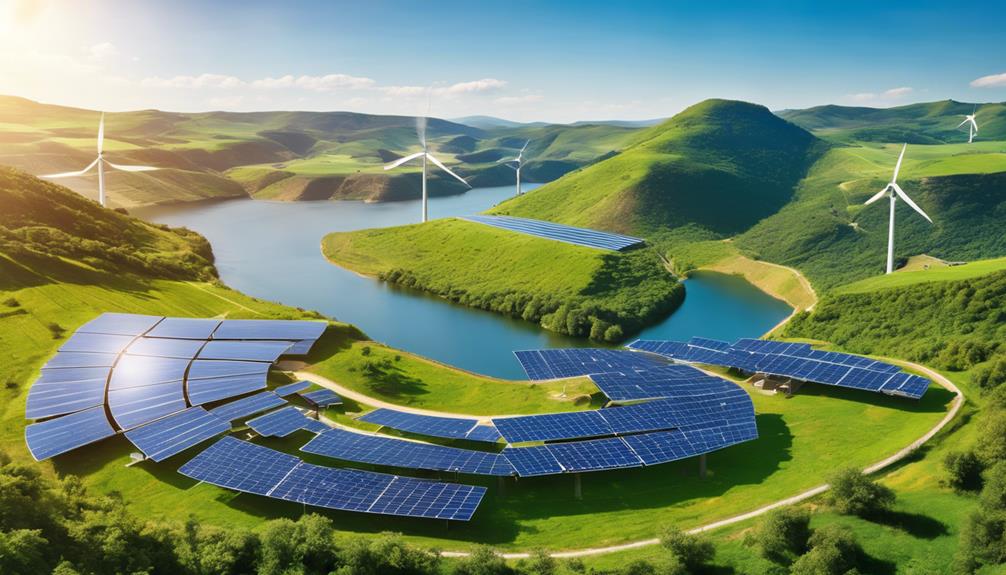
In recent years, solar energy has gained traction as a sustainable alternative to traditional energy sources. One of the most effective ways to harness solar energy is through solar rooftop systems. In this detailed blog post, we will explore the factors influencing solar rooftop price, how to evaluate the costs, and tips for maximizing your investment.
What Influences Solar Rooftop Price?
When considering the installation of a solar rooftop system, the price can vary significantly based on several factors. The primary components impacting solar rooftop price include system size, type of solar panels, installation complexity, and geographical location. Larger systems typically have a higher upfront cost, but they can offer better savings in the long run. Additionally, different types of solar panels (monocrystalline, polycrystalline, and thin-film) come with varying price points and efficiencies. Installation complexity, often influenced by the roof’s condition and angle, can also raise costs. Finally, local regulations and incentives can affect the overall pricing of solar rooftop systems.
Breaking Down the Costs: Initial Investment
The initial investment for a solar rooftop system can seem daunting. On average, homeowners might expect to pay anywhere from $15,000 to $30,000 for a typical residential system before tax credits and incentives. This cost includes equipment (solar panels, inverters, mounting hardware), labor for installation, and any necessary permits. However, the installation costs should be viewed as an investment rather than an expense. With the right system and proper planning, homeowners can expect a significant return on investment (ROI) through reduced electricity bills and potential tax benefits.
Long-Term Savings: The Financial Benefits of Solar Rooftops
Although the solar rooftop price may appear high initially, the long-term savings can make it a worthwhile investment. Homeowners can save thousands of dollars over the lifespan of their solar panels, which typically lasts between 25 to 30 years. The average solar system can reduce electricity bills by 50% to 70%, depending on usage and system size. Additionally, solar energy can increase property value. According to studies, homes equipped with solar energy systems sell for more than those without, making solar rooftop installations an attractive option for homeowners looking to enhance their property’s worth.
Understanding Government Incentives and Tax Credits
One of the most crucial factors affecting solar rooftop price is the availability of government incentives and tax credits. In many regions, homeowners can take advantage of federal and state tax credits that significantly reduce the upfront costs of solar installations. For instance, the Federal Investment Tax Credit (ITC) allows homeowners to deduct a percentage of their solar installation costs from their federal taxes. Additionally, various state programs offer rebates, grants, and performance-based incentives. By researching and applying these incentives, homeowners can substantially lower their solar rooftop price and make the transition to solar energy more affordable.
Choosing the Right Solar Panels: Impact on Pricing
The type of solar panels selected for a rooftop installation greatly influences the overall solar rooftop price. There are three main types of solar panels: monocrystalline, polycrystalline, and thin-film. Monocrystalline panels are known for their high efficiency and longevity but tend to be the most expensive option. Polycrystalline panels, while slightly less efficient, are more affordable and still offer good performance. Thin-film panels are the least efficient but can be a cost-effective solution for larger installations. Understanding the differences between these types of panels and their respective costs will help homeowners make informed decisions that align with their budget and energy needs.
Installation Costs: Finding a Reliable Contractor
The installation process is a crucial factor in determining solar rooftop price. Homeowners should seek out reputable and experienced contractors to ensure quality installation, as this can affect the system’s performance and lifespan. Installation costs can vary widely based on the contractor’s expertise, the complexity of the installation, and local labor rates. It’s essential to obtain multiple quotes and references before making a decision. Additionally, reading reviews and checking certifications can help homeowners find a trustworthy contractor who can deliver a high-quality solar rooftop system at a fair price.
Financing Options: Making Solar Energy Accessible
Understanding financing options is key to managing solar rooftop price. Several financing methods are available for homeowners looking to invest in solar energy. These include cash purchases, solar loans, leases, and power purchase agreements (PPAs). Cash purchases offer the best long-term savings, but not everyone can afford the upfront costs. Solar loans allow homeowners to spread payments over time while still retaining ownership of the system. Leases and PPAs can be attractive options for those who prefer lower initial costs, but they typically do not offer the same long-term savings as ownership. Exploring these financing options can help homeowners find the best fit for their budget and energy needs.
Conclusion: Investing in a Solar Rooftop System
In conclusion, understanding solar rooftop price involves considering various factors, including installation costs, equipment choices, and available incentives. While the initial investment may seem high, the long-term savings, increased property value, and environmental benefits make solar energy an appealing option for many homeowners. By researching and comparing different solar systems, financing options, and contractors, homeowners can make informed decisions that maximize their investment in solar energy. As we move towards a more sustainable future, investing in a solar rooftop system not only benefits individual homeowners but also contributes to a greener planet. Embracing solar energy is a step towards reducing reliance on fossil fuels and promoting environmental conservation.





